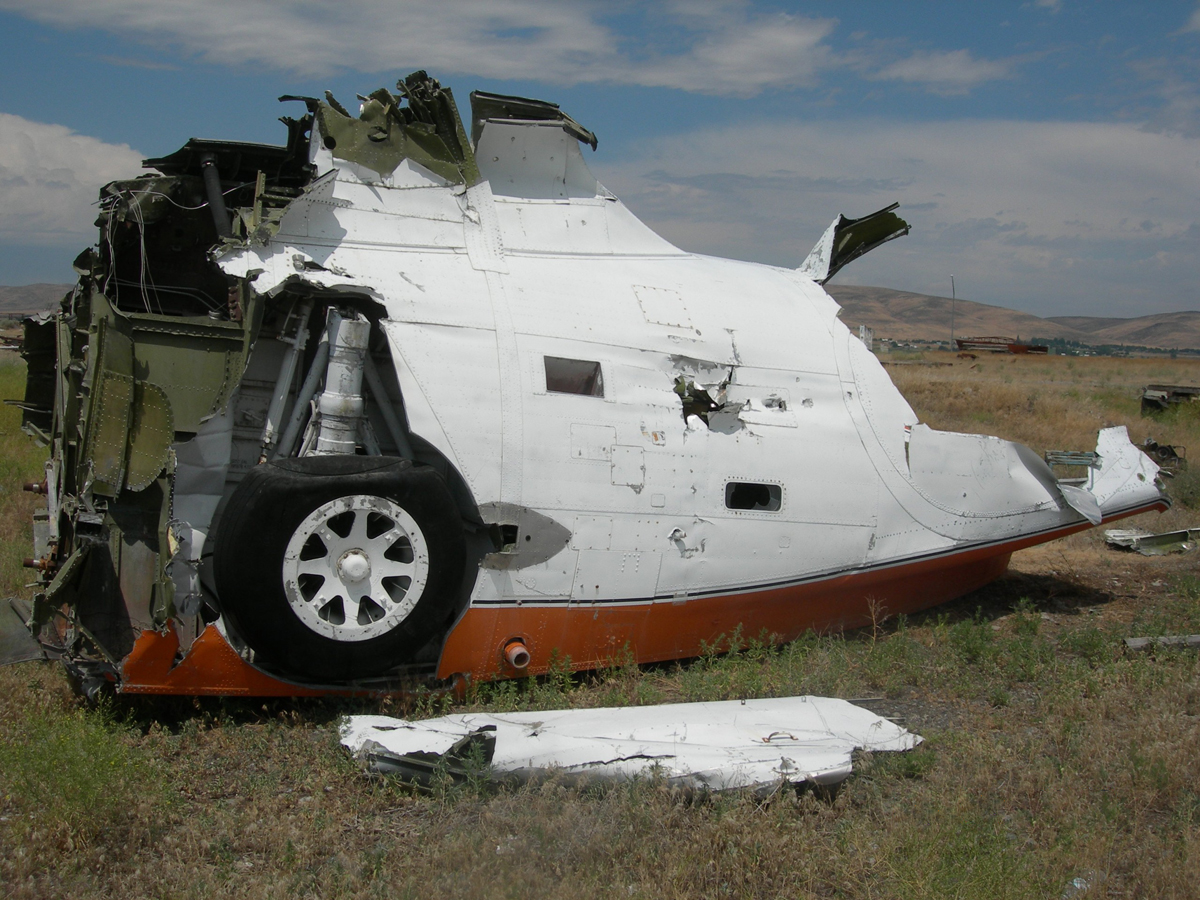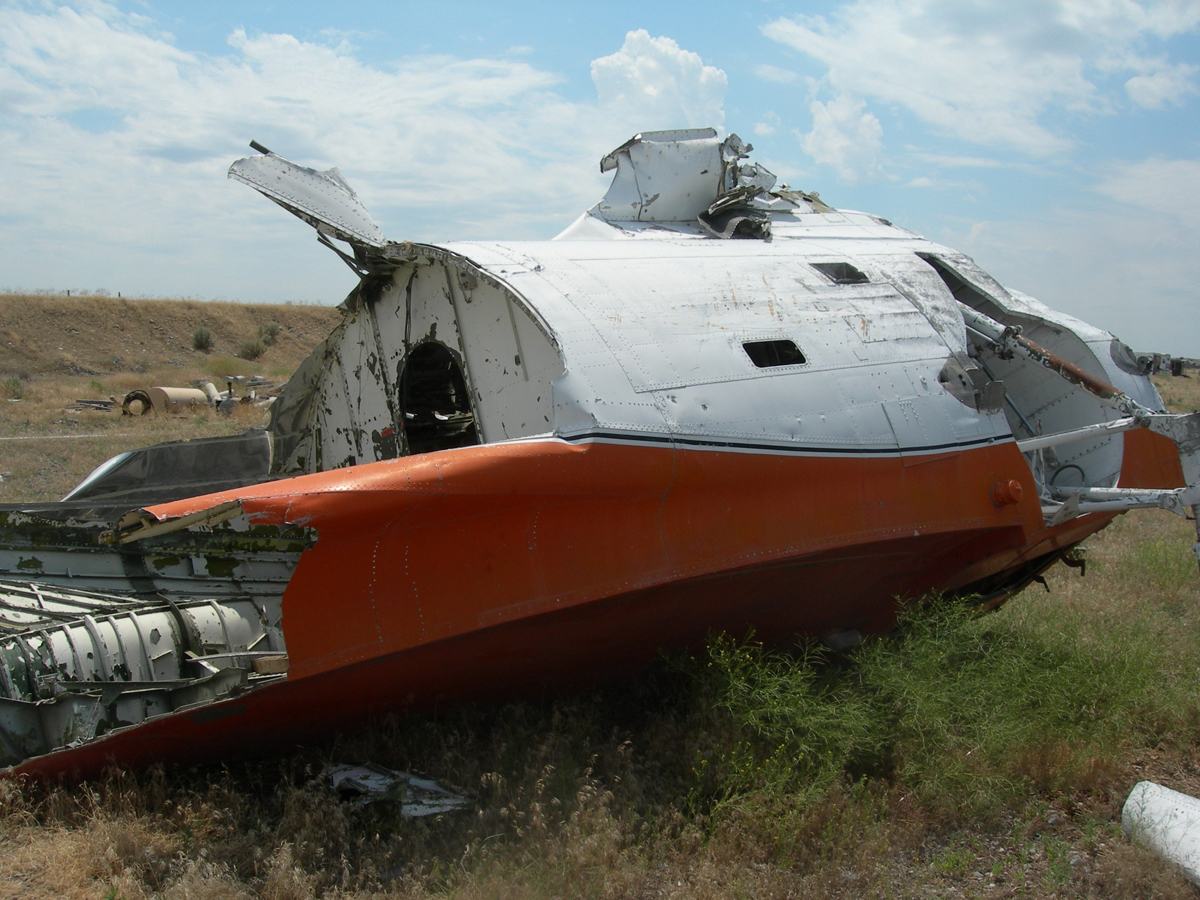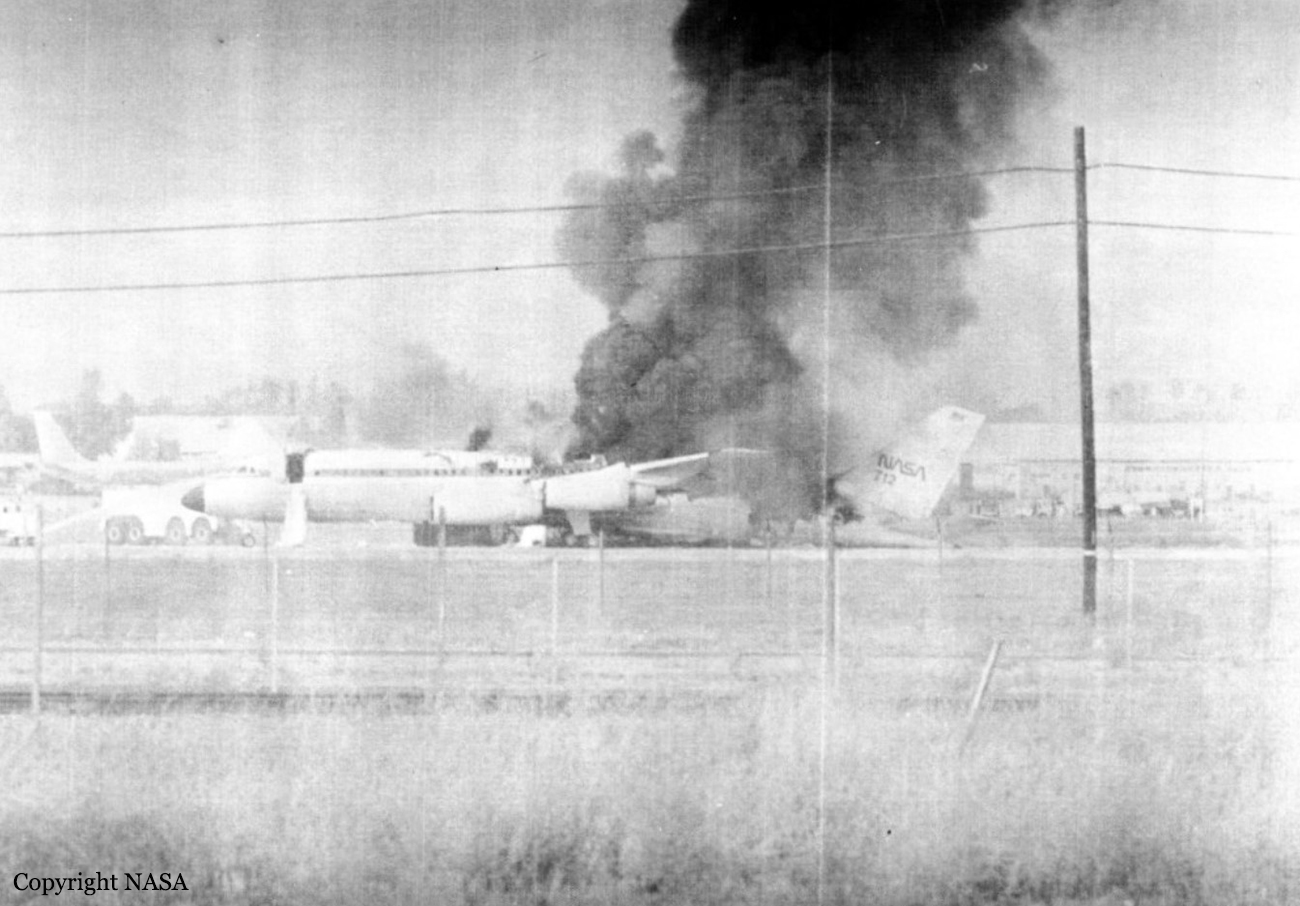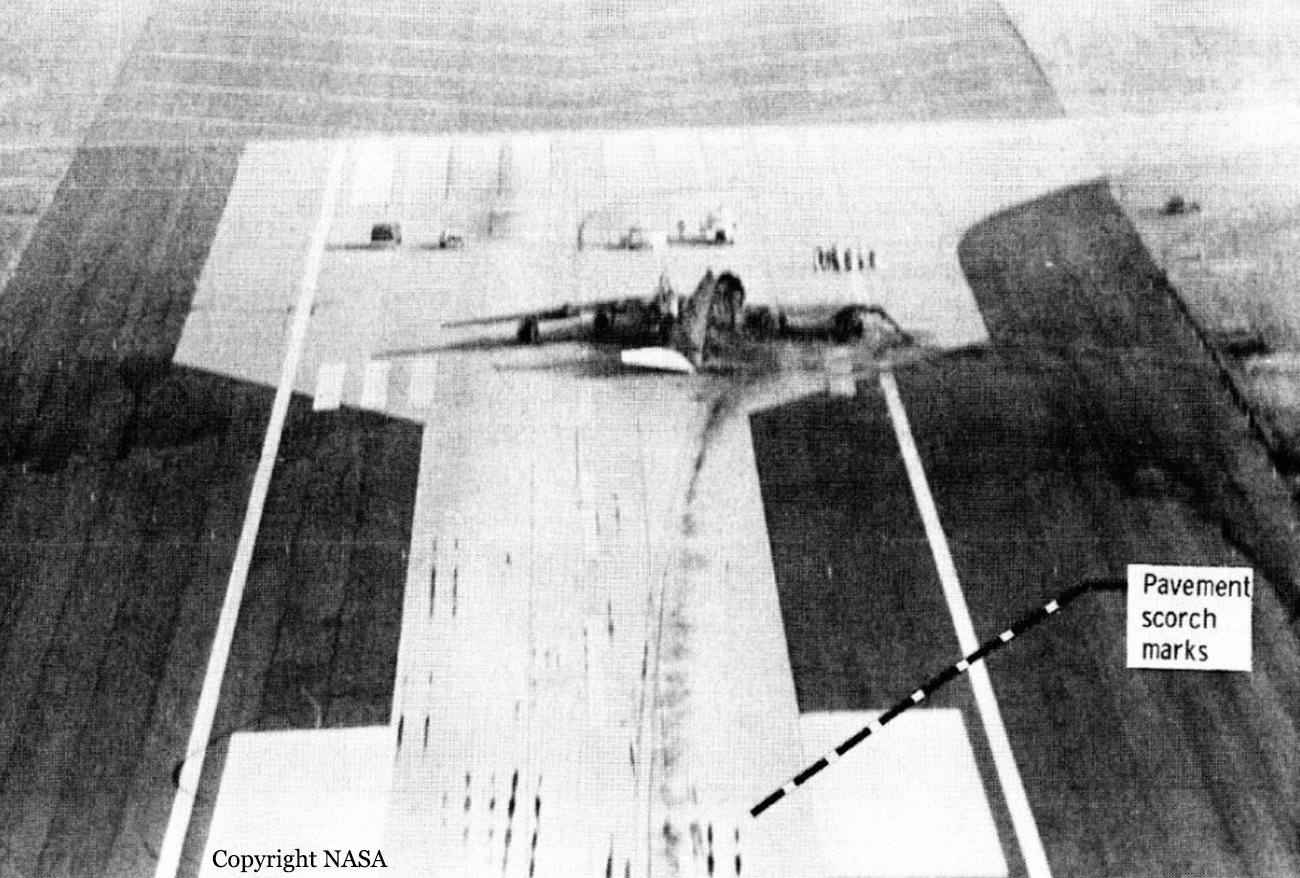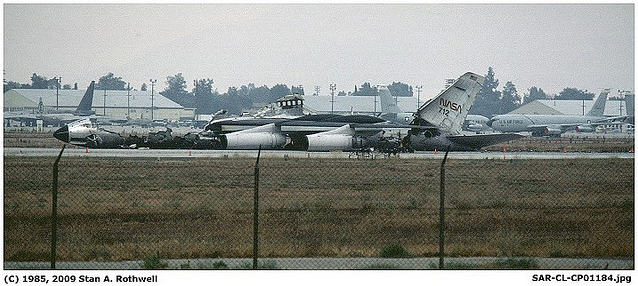Crash of a Consolidated PBY-6A Catalina off Northport: 2 killed
Date & Time:
Jul 29, 1985 at 1538 LT
Registration:
N2886D
Survivors:
No
MSN:
2104
YOM:
1944
Flight number:
Tanker 49
Crew on board:
2
Crew fatalities:
Pax on board:
0
Pax fatalities:
Other fatalities:
Total fatalities:
2
Aircraft flight hours:
4415
Circumstances:
Water bomber aircraft landed on lake with dump doors partially open during landing phase of water pickup run. Mechanically operated dump door locks were applied before dump doors were closed. Pilot controlled dump doors from pilots control wheel, copilot operated door locks by separate control independent of the dump doors. Both pilots were killed.
Probable cause:
Occurrence #1: miscellaneous/other
Phase of operation: landing - flare/touchdown
Findings
1. (c) checklist - not followed - pilot in command
2. (c) fatigue (chronic) - pilot in command
3. (f) in-flight planning/decision - inadvertent - pilot in command
4. (f) pressure - pilot in command
5. (f) psychological condition - pilot in command
6. (c) improper use of equipment/aircraft - pilot in command
7. (c) improper use of procedure - company/operator management
Phase of operation: landing - flare/touchdown
Findings
1. (c) checklist - not followed - pilot in command
2. (c) fatigue (chronic) - pilot in command
3. (f) in-flight planning/decision - inadvertent - pilot in command
4. (f) pressure - pilot in command
5. (f) psychological condition - pilot in command
6. (c) improper use of equipment/aircraft - pilot in command
7. (c) improper use of procedure - company/operator management
Final Report:

